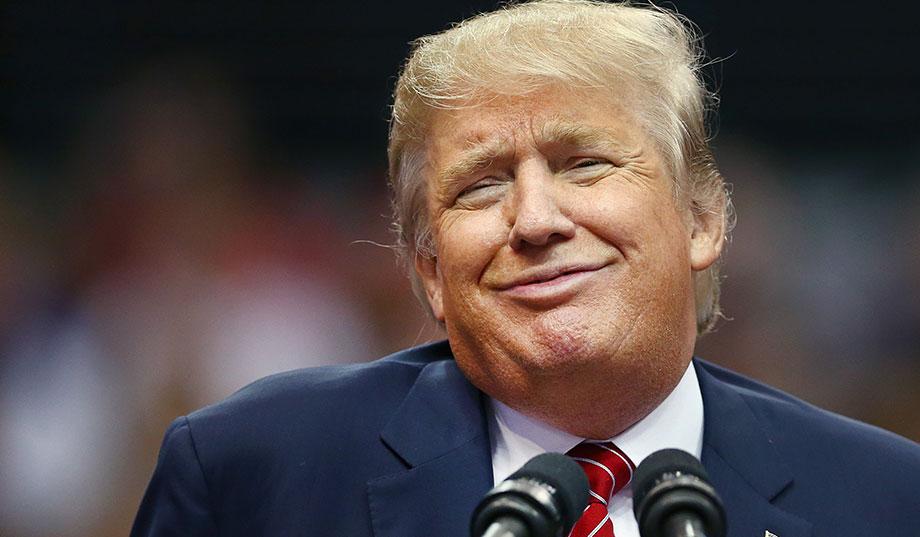Fears of a potentially damaging global trade war have dominated much of the headlines in the foreign exchange market in the past couple of months, particularly across the Atlantic. We heard from Ebury on the latest in the FX Markets.

Lowering the US’s currently hefty trade deficit continues to be one of the primary mandates of Donald Trump’s agenda since he became President in 2017, with official steps to help achieve this goal commencing at the beginning of this year. The main steps taken by the Trump administration in the trade war so far included:
- March 2018: 25% and 10% tariffs on steel and aluminium imports respectively.
- June 2018: 25% tariffs on $50 billion worth of mostly industrial product imports from China.
- July 2018: Trump threatens to tariff all imports from China.
- September 2018: 10% tariffs on an additional 6,000 imported items from China worth approximately $200 billion (to increase to 25% in 2019).
These actions were met by retaliatory steps from those countries subject to tariffs. Mexico, China, the EU, Canada, India and Turkey all levied tariffs of their own on a list of products imported from the United States. China, in particular, threatened additional action should the trade conflict escalate. These actions, however, have so far proved relatively modest in nature, with leaders of those countries possibly reluctant to impose additional tariffs for risk of deterring foreign investment and trade inflows. Many of those EM countries mentioned are heavily dependent on demand from the US, including China, which relies on the US for around 20% of its overall export revenue.
The US Dollar actually proved very resilient to the ongoing threat of a global trade war.
Somewhat paradoxically, the trade conflict lifted the greenback, with investors fleeing those riskier emerging market currencies and moving into the safe-haven US Dollar. Investors have also taken on the general view that the aforementioned protectionist policies would likely have less of an impact on the largely domestically driven US economy than its trading partners, most of which are more heavily reliant on external demand.
With China at the forefront of the US trade-related attacks, the Chinese Yuan fell in the past few months to around its weakest position since early-2017. Even amid the threat of a trade war, CNY was far from the worst performing currency in Asia so far this year and actually outperformed a number of other currencies in the region, many of which were dragged lower by idiosyncratic factors. This can be illustrated by an index of CNY over the past year, which shows that the currency is currently trading comfortably higher than JP Morgan’s emerging market FX index over the same time horizon (Figure 1).

Source: Thomson Reuters Datastream Date: 15/10/2018
The relative outperformance of the Yuan against many of its peers reinforces our view that fears over the trade war have been somewhat overblown. We do not believe that the Trump administration is fundamentally serious about disturbing trade patterns and that his threat of a blanket tariff on all exports will not be followed through. We think that Trump’s protectionist rhetoric is mostly political theatre and a negotiating tactic, rather than anything else. His policy changes so far have begun with lots of bombastic declarations, then closed without much fundamental change. The Republican establishment also seems dead set against tariffs and trade disruptions.
Given the above, we therefore expect many of those currencies worst affected by the trade dispute, including the Chinese Yuan, to begin to initiate a rebound against the US Dollar in the coming months. This is particularly so given that we think the USD is now close to reaching an equilibrium level, considering that market pricing for US interest rate hikes is now almost in line with that of the Federal Reserve.

























